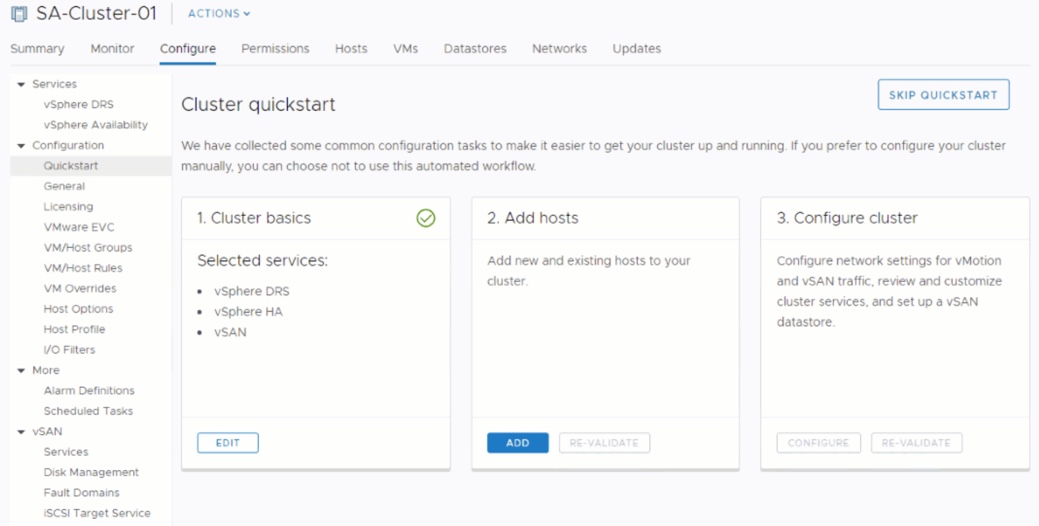

The graphic on the left below represents traditional workloads running on dedicated servers, the graphic on the right represents a virtualised environment with consolidated workloads. By virtualising compute we can benefit from a smaller datacentre footprint, less use of power and other hardware such as networking equipment, cost savings from server consolidation, better utilisation and management of existing resources, improved disaster recovery and availability. ESXi optimises the use of a physical servers resources to be logically shared out for virtual machines. VMware ESXi is a bare-metal hypervisor deployed as a stateful or stateless install. Finally, the Windows vCenter Server and external PSC deployment models are now depreciated and not available with vSphere 7.0. For more information see the VMware Upgrade Matrix. Upgrade to vSphere 7 can be achieved directly from vSphere 6.5.0 and above, whereas vSphere 6.0 requires an intermediate upgrade to 6.5 or 6.7 first.


VMware vSphere 6.0 reached end of general support 12 March 2020, with vSphere 6.5 scheduled for 15 October 2022, both referenced in the VMware Lifecycle Matrix.


 0 kommentar(er)
0 kommentar(er)
